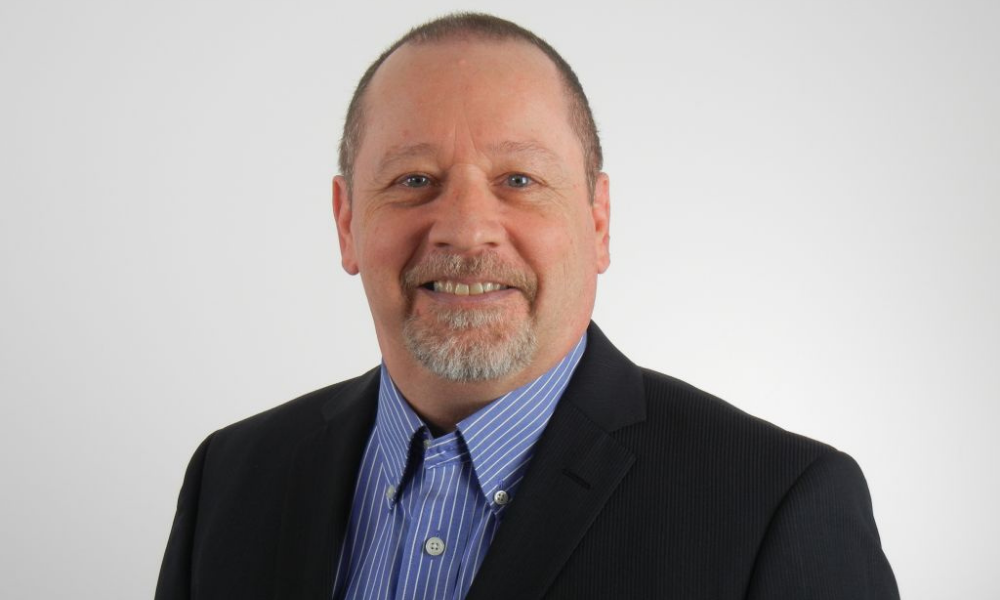'Celebrating that we sent people home safe says to workers the company doesn’t know what it’s doing'

How to get employee engagement on safety? That’s a question that most safety professionals are eager to get the answer to, and the crux of most successful safety programs. An organization can have the best safety program in the world, if workers don’t engage then all the efforts are for nothing.
Kevin Burns reckons that the problem doesn’t lie in the program itself, but in the way it’s shared with workers. “Safety is an internal marketing strategy that has been poorly executed for decades.”
Burns says that the biggest challenge he has faced in his career is “getting people to think of safety as a marketing problem, rather than a process problem.” Burns says that most companies don’t actually have problems with their processes, what they have is a problem with their employees buying into those processes. He says that there needs to be more of a focus on getting workers to buy into an organization’s safety program – “and that takes a completely different approach, one that I don’t think most safety departments are prepared for.”
To learn more about safety leadership, register now to attend the COS Safety Leaders Summit.
Burns is the founder of KevBurns Learning, he teaches seminars on safety leadership, safety communications and safety meetings. He has also published an international bestseller, PeopleWork: The Human Touch in Workplace Safety.
His book came out in 2016, and Burns says that it has actually gained more traction throughout recent years. He says that book sales are greater now than they were six years ago. One of the reasons for this is the pandemic. “One of the things that has really come out of the pandemic for safety is the fact that people now understand why we have safety protocols, and procedures, and processes. They’re more willing to accept that we have rules and regulations for a reason.”
“The pandemic has really helped to sell safety in many regards,” says Burns.
Burns started his career in management in 1981 as the assistant manager of a radio station. “I threw myself into the position, and I was terrible at it. I made a lot of mistakes along the way, as all supervisors do, it takes about two years to find your feet.” He has found that this is the case in safety, where managers take some time to figure out which style works best for them.
Like most safety professionals, Burns got into OHS by accident. While he was working with an oil and gas servicing company, he worked with their senior management team on developing leadership skills. The program took off in the company, and Burns was asked to work with the safety department to craft the message around safety leadership. Now, Burns helps managers and supervisors better understand safety.
Safety departments need to lead campaigns which show employees the clear benefits of working safely. Burns says that not getting hurt isn’t a benefit, it’s what it supposed to happen.
“Meeting occupational health and safety [legislation] is minimum compliance,” he says. Hitting the very bare minimum does not make a safety program that will generate buy-in within a company. The clients he works with are not happy with the bare minimum but are rather focused on becoming “world class safety cultures.”
Subscribe to our free newsletter to stay up-to-date with the world of safety.
“We celebrate sending our people home safe, which is a ridiculous argument. Sending your people home safe is the least you’re allowed to do by law, you’re not allowed to do less than that,” says Burns. “Celebrating that we sent our people home safe says to [workers] that the company really doesn’t know what it’s doing.”
Companies need to figure out the real benefits of OHS to properly compel employees to work safely.
And once an organization has figured out how to sell safety to its workers, are safety officers really necessary? Burns thinks not. He thinks that frontline supervisors should rather be trained and given the skills and tools to communicate safety because they have a more holistic view of the work at hand.
He says that his favourite part of his job is when supervisors finally understand that what they’ve been doing hasn’t been working – then they can start on crafting the right message.
“I believe supervisors are positioned to be the best head coaches because they have that level of influence and that trust and respect that they build with their teams if they’re doing this right,” he says. “And they can get that buy in to that solid message.”





